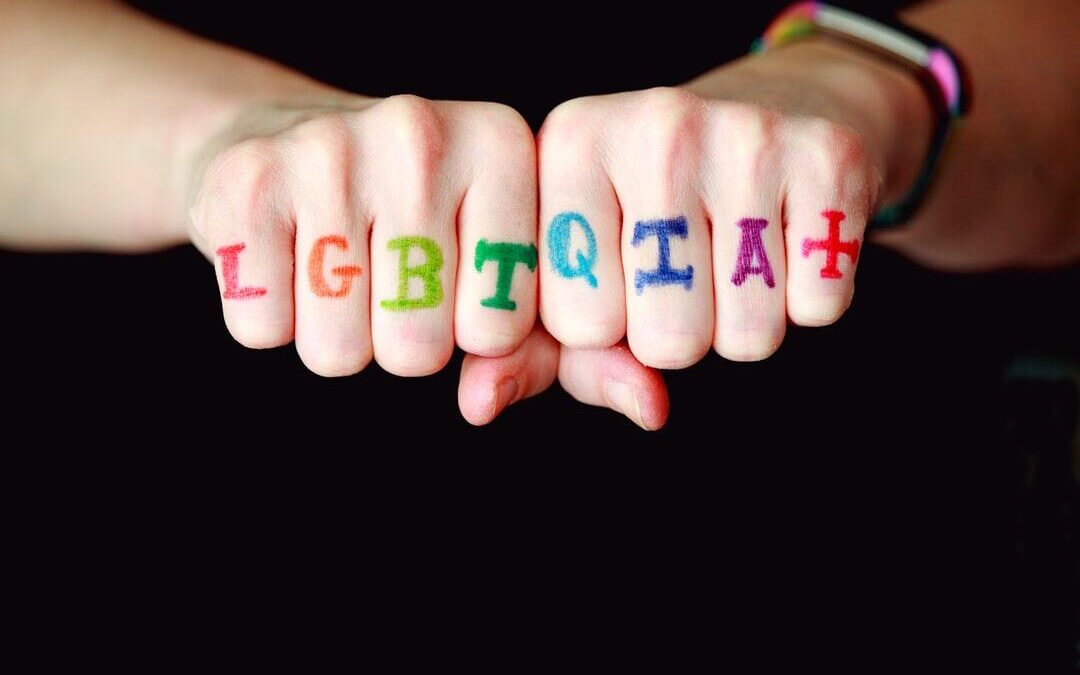Over 40% of transgender adults have reported experiencing suicidal ideation. This is a huge and alarming percentage, and anyone who has transgender friends or family members should be aware of this risk.
Everyone should be able to empathize with the plight of trans people, even if they may not agree with the expression of their gender identities. It’s clear that many transgender people are not getting the support they need, and it’s time for that to change.
We’re here to talk about the transgender suicide epidemic and what loved ones can do to help. Read on to learn more about suicide risk.
Elevated Suicide Risk for Transgender People
As we mentioned before, over 40% of transgender adults have reported experiencing suicidal ideation. While suicidal ideation won’t always lead to an attempted suicide, it’s a clear warning sign that the person in question is in need of help and support.
In a study on adolescents, it became clear that cisgender adolescents had a much lower chance of experiencing suicidal thoughts and ideation than transgender adolescents.
This isn’t to say that cisgender people don’t also face their own challenges that may lead to such thoughts, but rather, that being transgender is a large risk factor in and of itself.
What Causes the Increased Risk?
Many people misattribute the increased suicide risk of trans people to the actual “condition” of being transgender. There’s no evidence that this is the case. Rather, social conditions tend to be at play.
Here are a few things that may contribute to poor mental health for people who are transgender.
Discrimination
Discrimination both on a large and small scale is a huge factor when it comes to poor mental health outcomes for transgender people. As states pass policies that discriminate against trans people and individuals show cruelty and ignorance, trans people are absorbing that.
A world that discriminates against transgender people is clearly not healthy for them. Trans people are also more likely to become victims of violent crimes. This unsafe environment can contribute to feelings of hopeless and to suicidal ideation.
Lack of Access to Care
Gender dysphoria without care can contribute to suicidal ideation. Gender dysphoria means that the person’s assigned gender doesn’t match the gender in their mind. This dissonance can be confusing and stressful, and, potentially, lead to severe mental health struggles.
Gender-affirming care can be a type of suicide prevention. The lack of available, accessible, and affordable gender-affirming care is contributing to the high risk of suicide for transgender people.
Gender-affirming care does not have to always mean hormones and surgical modification. Gender-affirming care is showing respect to the person who is stating their gender identity, listening to their experience, and considering how best to help them manage their suffering in an ongoing way.
Social Rejection
Many trans people fear coming out because of the chance of rejection from friends, family members, and partners. It’s not uncommon for people to turn their backs on transgender loved ones or otherwise show that they’re not supportive.
Isolation from one’s social circle can lead to more suicidal ideation. Without a strong social network, there will be fewer people to notice the signs that the transgender person may not be well.
How to Reduce Transgender Suicide Risks
So what can you do to reduce the risk of suicide amongst trans people in your community? Many changes have to be societal, but that doesn’t mean that there aren’t steps you and others can take to help. Here’s a quick rundown.
Social and Family Support
As we mentioned, transgender people often face discrimination, rejection, and isolation from society and their families. This increases their risk of suicide.
Social and family support means creating an environment where transgender people feel accepted, loved, and respected for their gender identity. This can include support from friends, peers, community organizations, and most importantly, from family members at home.
If you have a trans loved one, show them your support.
Access to Mental Health Support
Transgender people face unique mental health challenges, including gender dysphoria, discrimination, stigma, and identity-related stressors. These can increase their risk of suicide. Transgender individuals should have access to culturally competent and affirming mental health services.
If you are close to a trans person, support their search for trans-knowledgeable mental health workers. Encourage them to seek counseling services and listen to what they need.
Mental healthcare workers should be focusing on training that allows them to provide better support to trans people and others within the LGBTQIA+ community.
Gender-Affirming Care
Gender-affirming care isn’t cosmetic. It can be life-saving. When some people receive this care, it reduces their gender dysphoria and lowers their chances of suicidal ideation.
Ensuring that transgender individuals have access to appropriate gender-affirming healthcare services, removing legal barriers to accessing services, training healthcare providers on transgender healthcare needs, and advocating for insurance coverage for gender-affirming treatments are crucial when it comes to supporting the spread of gender-affirming care.
On an individual level, showing your support for any mental or physical gender-affirming care a trans person is going through is a great start. You can even help your loved one find the care they need and support them through the process.
Legal Protections
Even if you’re not a politician, you can help when it comes to legal protections for trans people.
Advocate for the passage of laws and policies that protect the rights of transgender people. This includes anti-discrimination laws, hate crime laws, gender identity inclusion in non-discrimination policies, and legal recognition of gender identity.
Showing your support by contacting local representatives, organizing protests and other initiatives, and voting. These may not seem like big steps, but they add up.
Transgender People Deserve Happy Lives
Transgender individuals are at a greater suicide risk than cisgender individuals as a whole. If you have a trans person in your life, show your support for them. Make them feel safe and included.
One day, hopefully, the world will be safe for trans people. When this happens, the suicide risk should drop. Until then, show your support however you can.
At Collaborative Change, our trauma-informed counselors are ready to help. We have counselors with specific training in transgender support. If you or a loved one needs mental healthcare, we’d love to hear from you.
Reach out for an appointment today.


